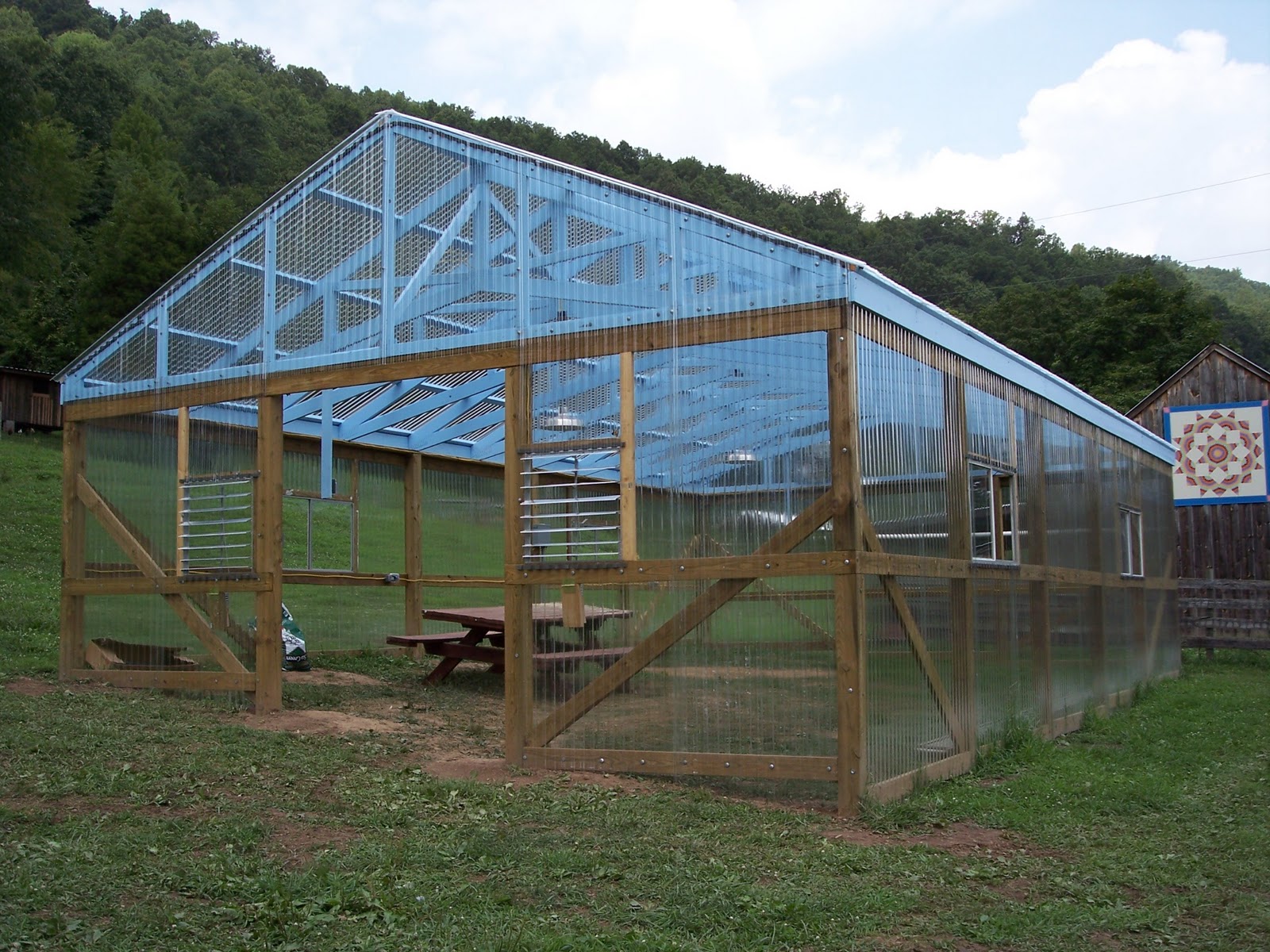

It is best known as laughing gas, but that kind of commercial use makes up only a tiny part of our emissions. Nitrous oxide is a powerful greenhouse gas that lasts for over 100 years in the atmosphere. Instead, they come from livestock, changes in forests and wetlands, and leaks from gas wells and pipes. Methane is an especially hard greenhouse gas to measure, because most emissions don’t come from industrial plants. Methane reflects about 100 times as much heat as CO 2, but its lifetime in the atmosphere is much shorter: about 10 years. The number-two cause of climate change is methane, the main part of natural gas. So as the planet warms, we will tend to have more water in the atmosphere at a time-and that does heat the planet. But because water vapor quickly leaves the atmosphere as rain, we don’t have to worry about our “water emissions.” On the other hand, warmer air can hold more water vapor without causing a rainstorm. The most common greenhouse gas is actually water vapor, like in clouds. All of these sectors can make changes to emit less CO 2, but the same solutions won’t work for all of them.Ĭlick here to see data from the infographic above in a table. That includes burning fossil fuels for electricity and heat and to power our vehicles, but it also includes manufacturing concrete and steel, the refining process for raw oil and gas, fermentation (for instance, to make alcohol or pharmaceuticals), and the decay of plant matter (like after trees are cut down). This means that, even if we stop all new CO 2 emissions tomorrow, it will take many lifetimes before the warming effect of our past emissions fades away.įinally, many different industries rely on carbon-rich fuels or other processes that give off CO 2. The CO 2 we emit today will stay above us reflecting heat for hundreds of years. Second, it lasts a long time in the atmosphere. First, there is just so much of it: we now add over 35 billion tons of CO 2 to the atmosphere every year, mostly by burning carbon-rich fuel like coal and oil that had previously been trapped in the ground. There are three main reasons CO 2 is so central to the global warming happening today. The focus on “carbon”įor climate change, the most important greenhouse gas is carbon dioxide, which is why you hear so many references to “carbon” when people talk about climate change. This is the cause of human-made climate change: by adding greenhouse gases to the atmosphere, we are trapping more heat, and the entire planet gets warmer. But if the amount of greenhouse gases in the atmosphere changes, the strength of the greenhouse effect changes too. Without it, our planet would be too cold for life as we know it. The greenhouse effect is not a bad thing. This is called the “greenhouse effect,” in a comparison to the heat-trapping glass on a greenhouse. Greenhouse gases reflect infrared radiation, so some of the heat leaving the Earth bounces off the greenhouse gases in our atmosphere and comes back to the Earth’s surface. But when that same energy leaves the Earth, it does so as infrared radiation, which we experience as heat. When energy from the sun first reaches us, it does so mainly as light. The reason they warm the Earth has to do with the way energy enters and leaves our atmosphere. Warmer waters are a main cause of coral bleaching.Greenhouse gases are gases-like carbon dioxide (CO 2), methane, and nitrous oxide-that keep the Earth warmer than it would be without them. Warming oceans - from too many greenhouse gases in the atmosphere - can also be harmful to these organisms. More acidic water can be harmful to many ocean creatures, such as certain shellfish and coral. Unfortunately, the increased carbon dioxide in the ocean changes the water, making it more acidic. The ocean also absorbs a lot of excess carbon dioxide in the air. All plants - from giant trees to tiny phytoplankton in the ocean - take in carbon dioxide and give off oxygen. Just like a glass greenhouse, Earth's greenhouse is also full of plants! Plants can help to balance the greenhouse effect on Earth.

What reduces the greenhouse effect on Earth?

Too much of these greenhouse gases can cause Earth's atmosphere to trap more and more heat. NASA has observed increases in the amount of carbon dioxide and some other greenhouse gases in our atmosphere. Burning fossil fuels like coal and oil puts more carbon dioxide into our atmosphere. Human activities are changing Earth's natural greenhouse effect. Credit: NASA/JPL-Caltech How are humans impacting the greenhouse effect? Earth's atmosphere traps some of the Sun's heat, preventing it from escaping back into space at night.


 0 kommentar(er)
0 kommentar(er)
